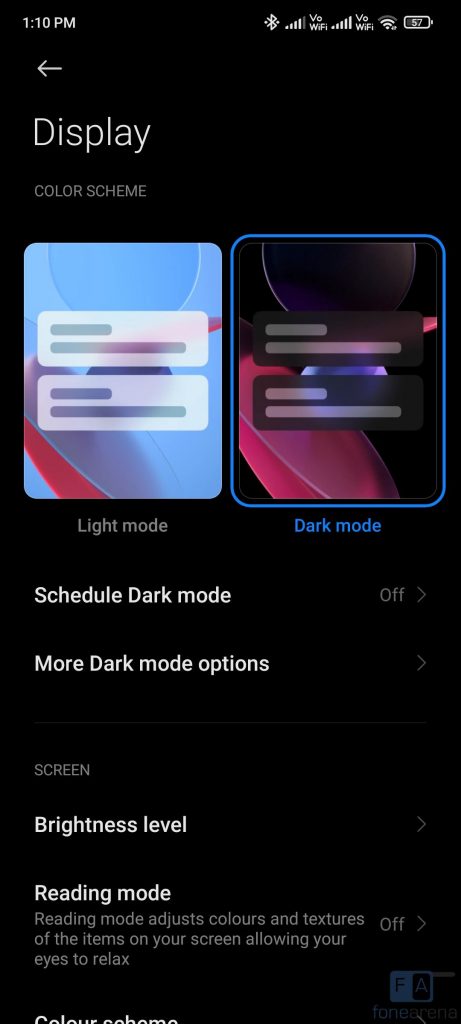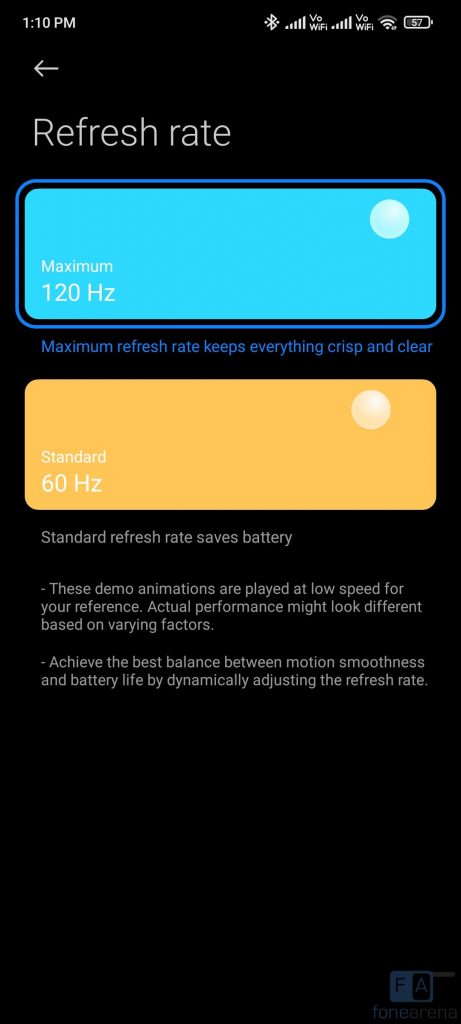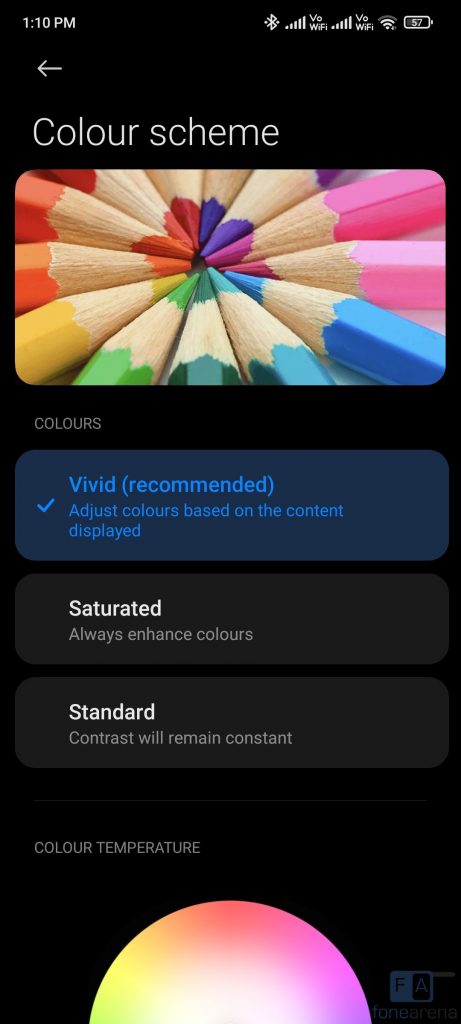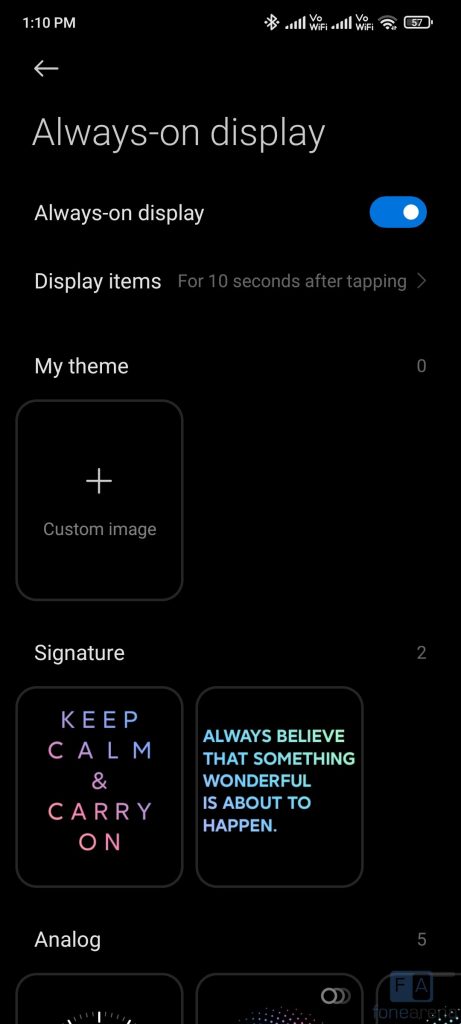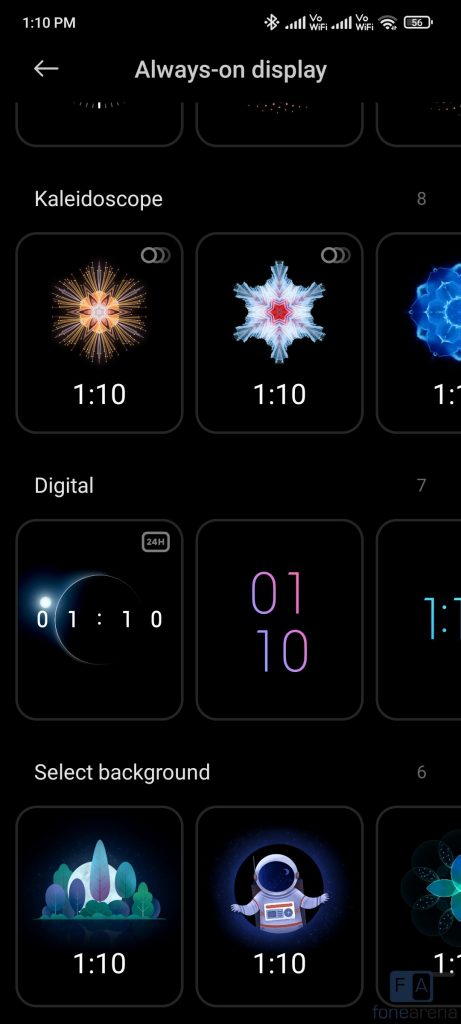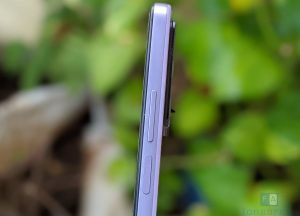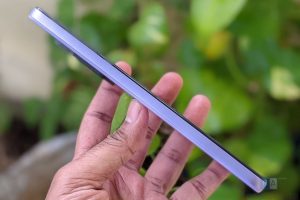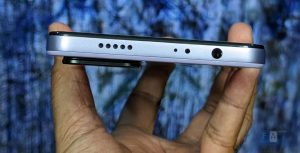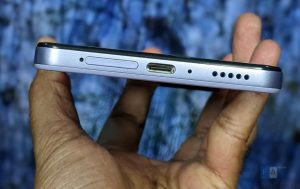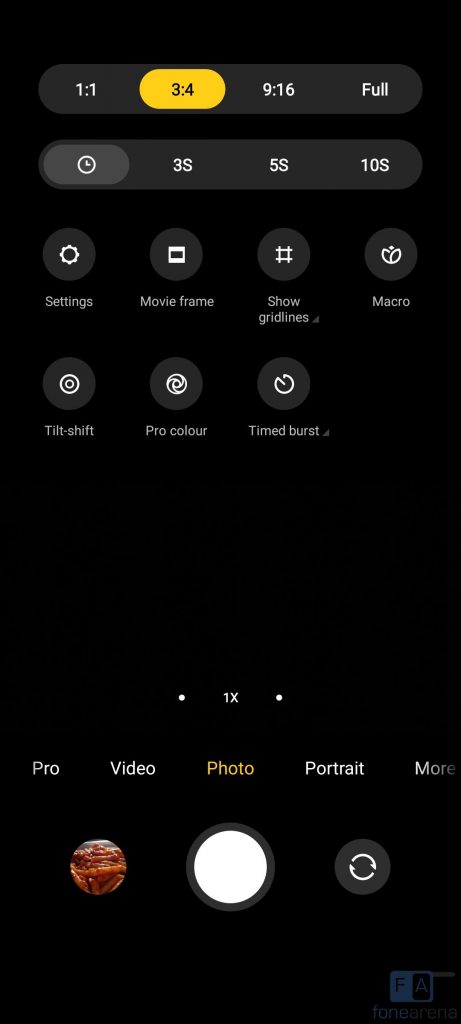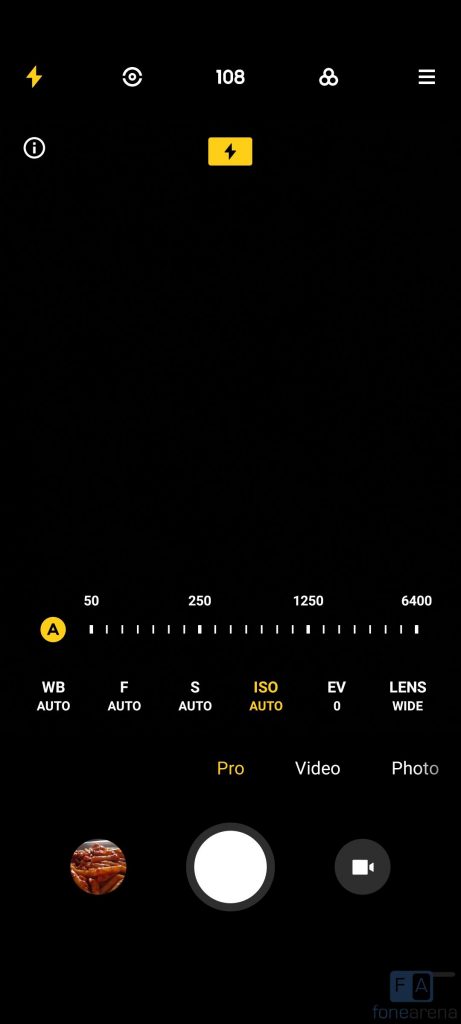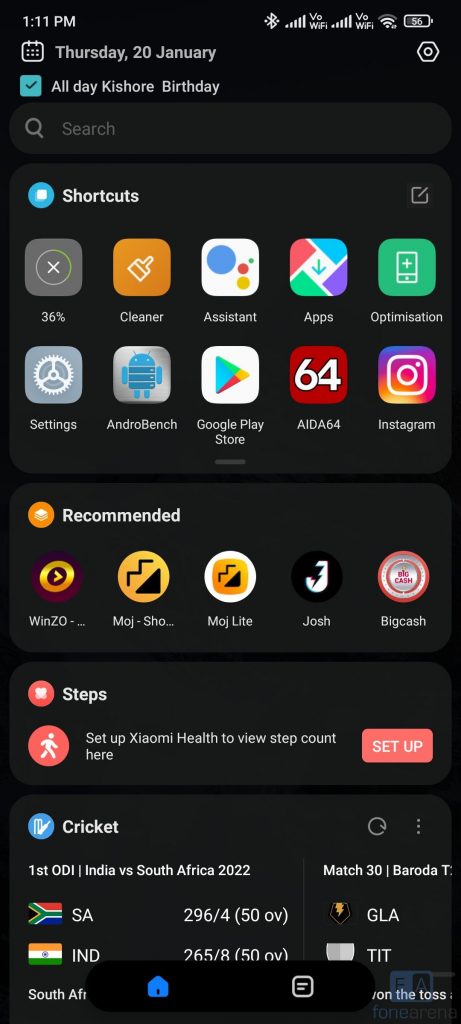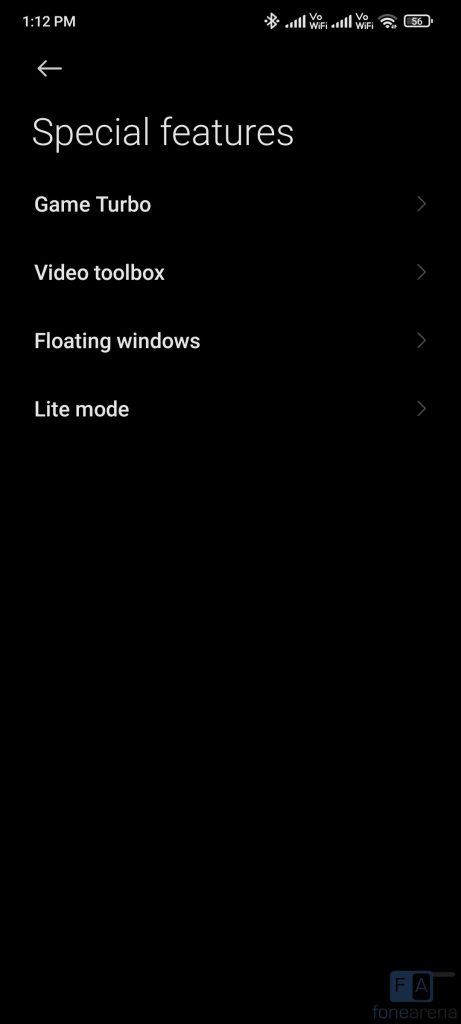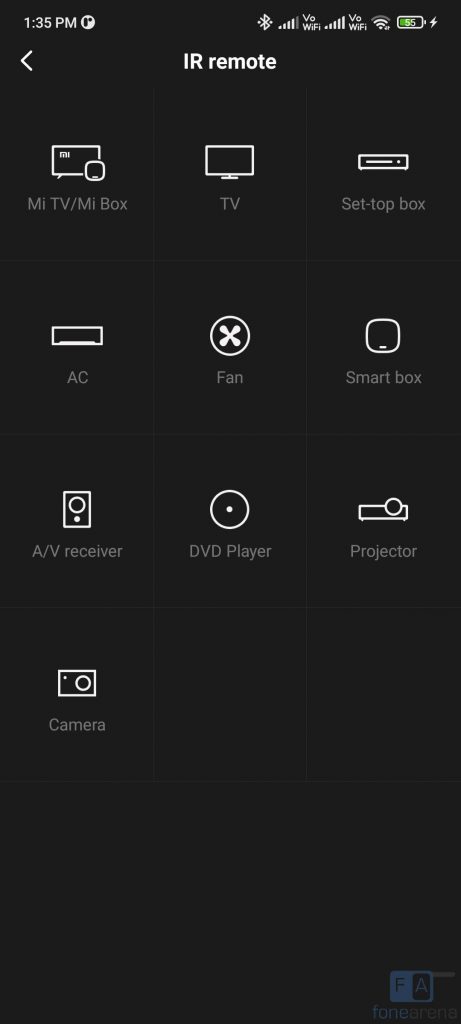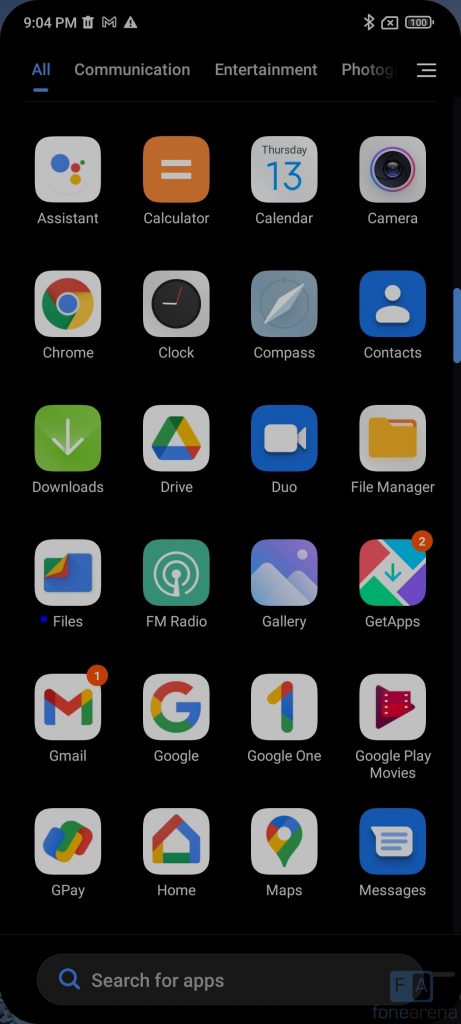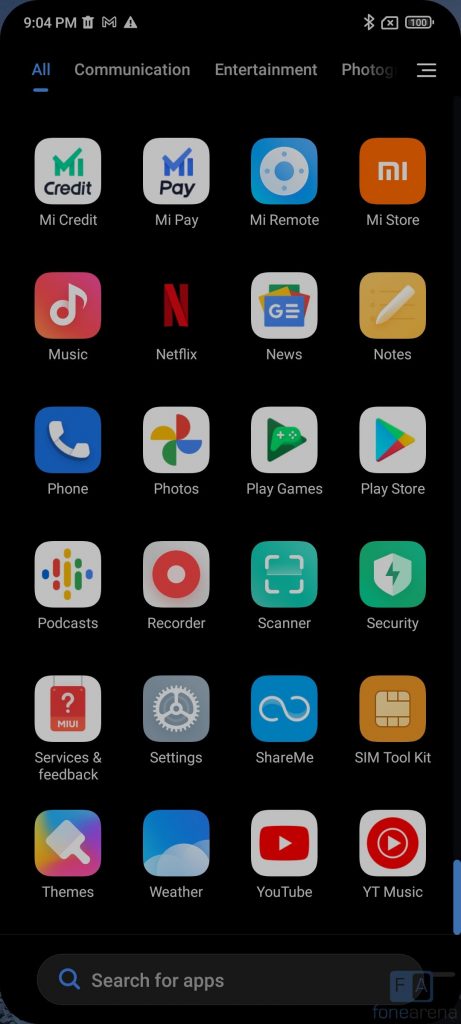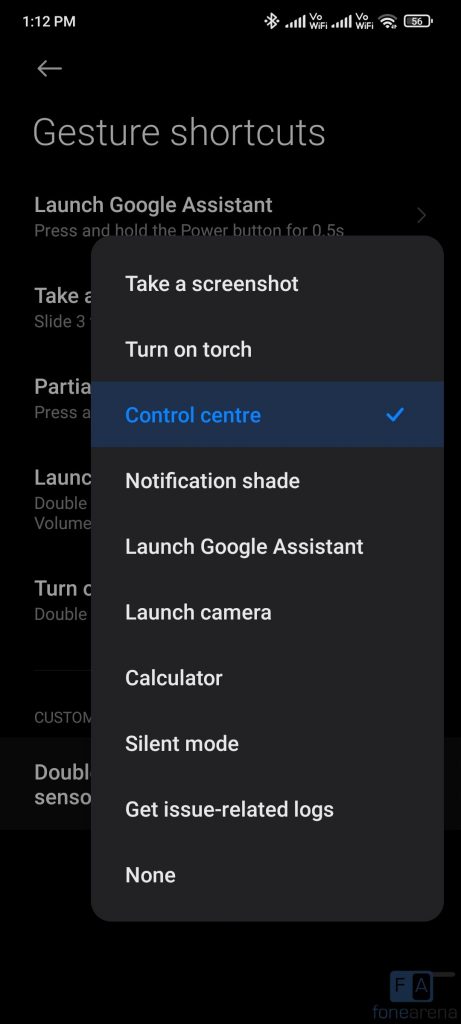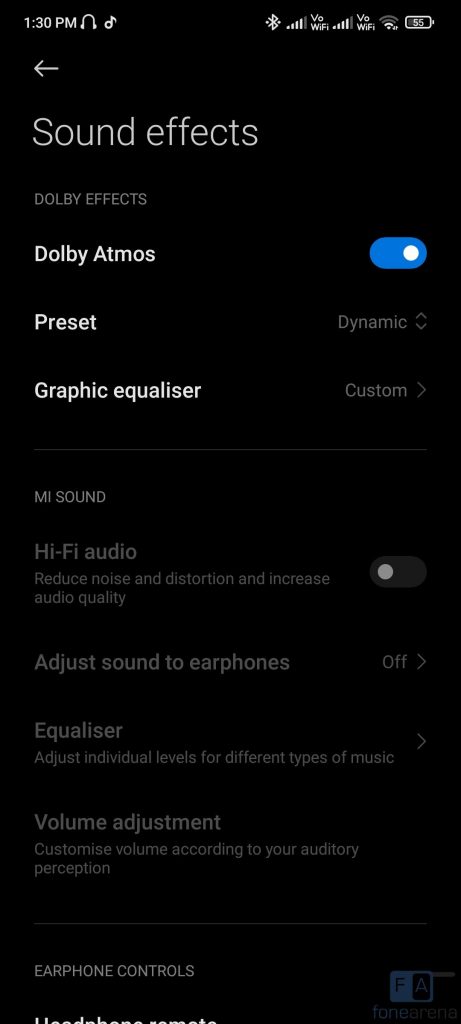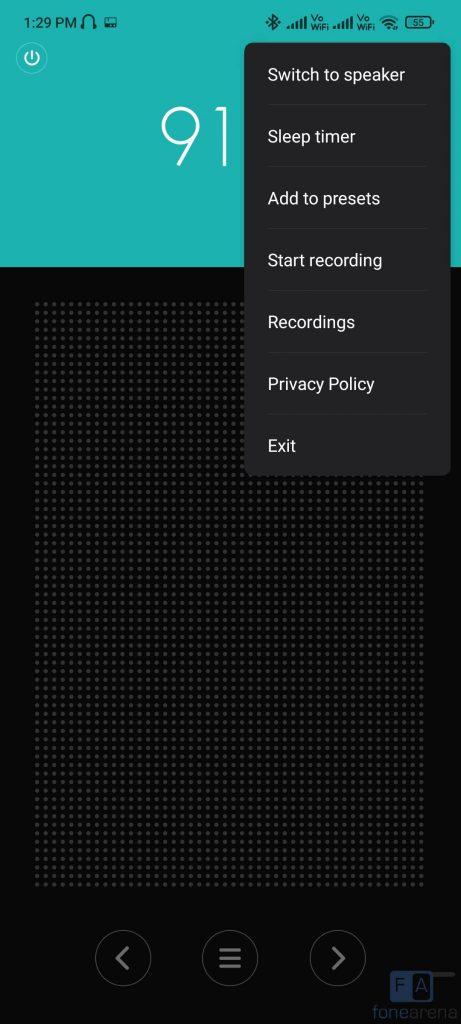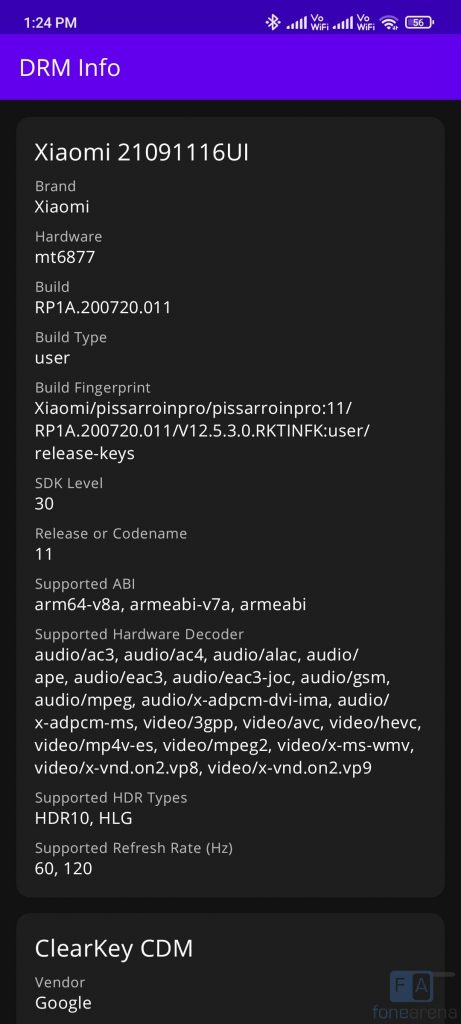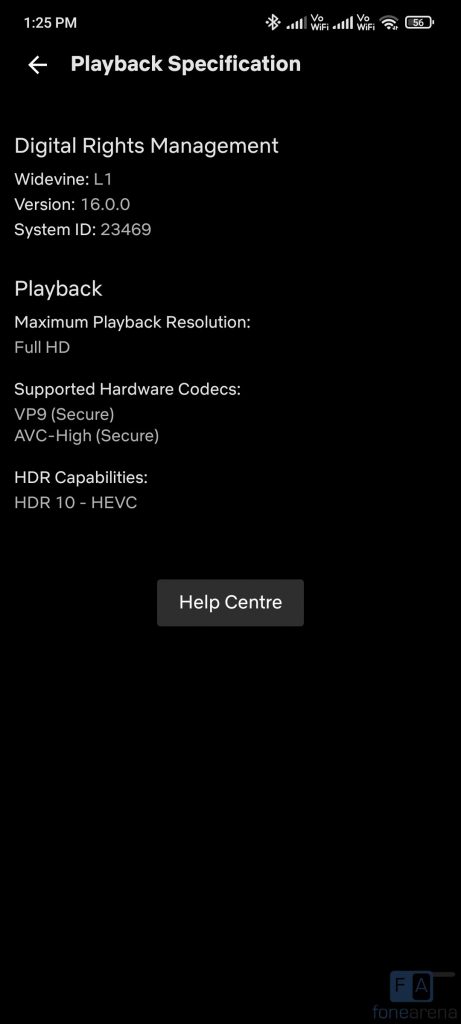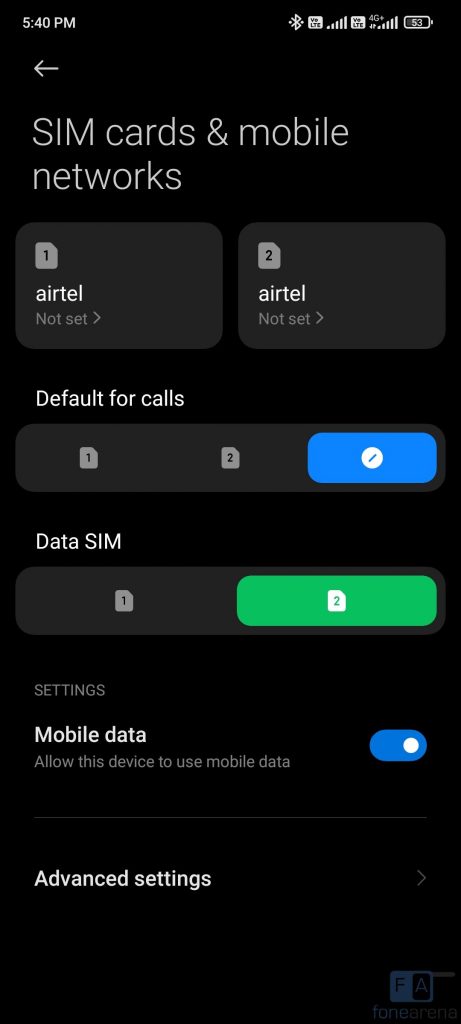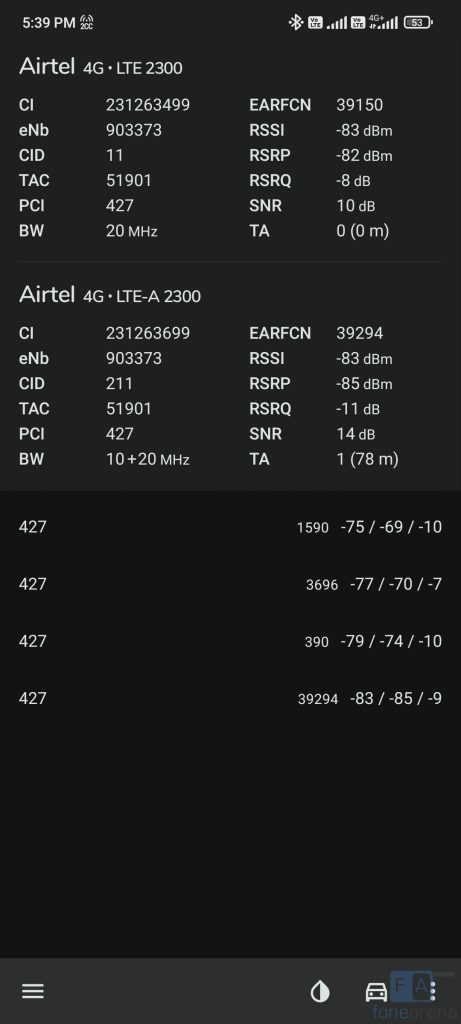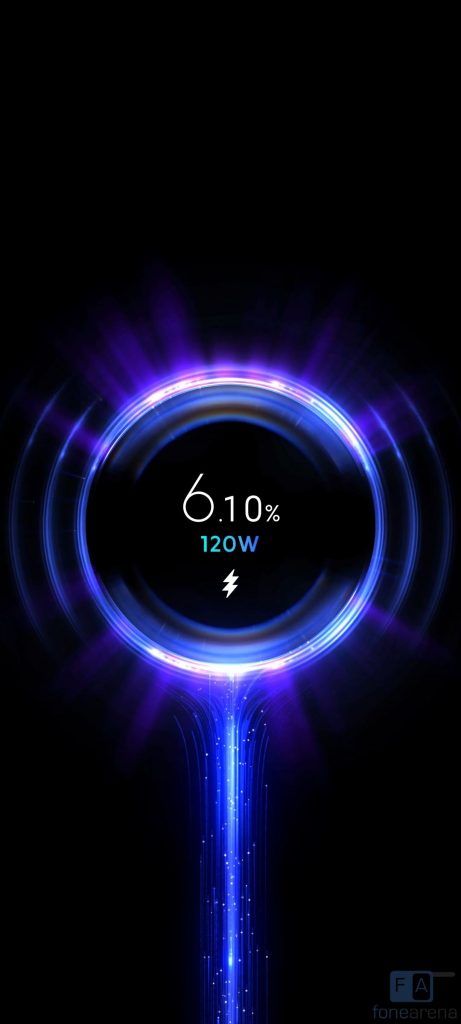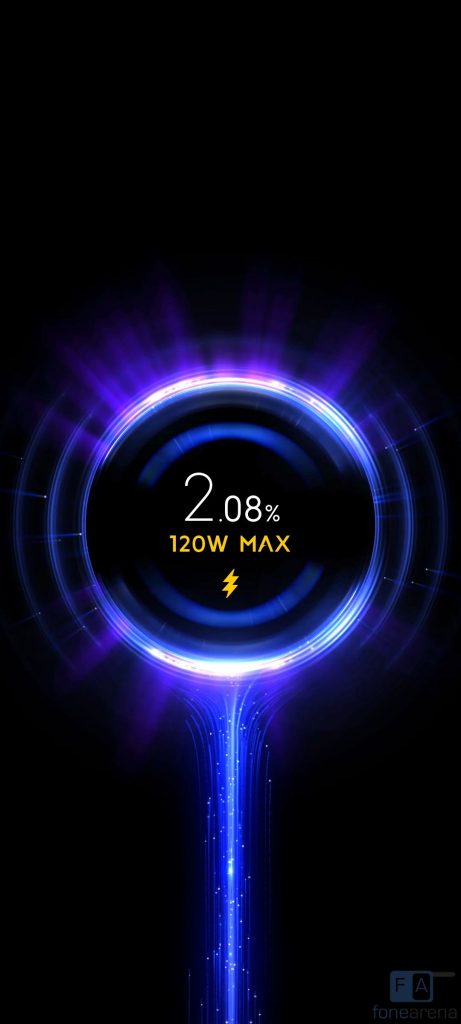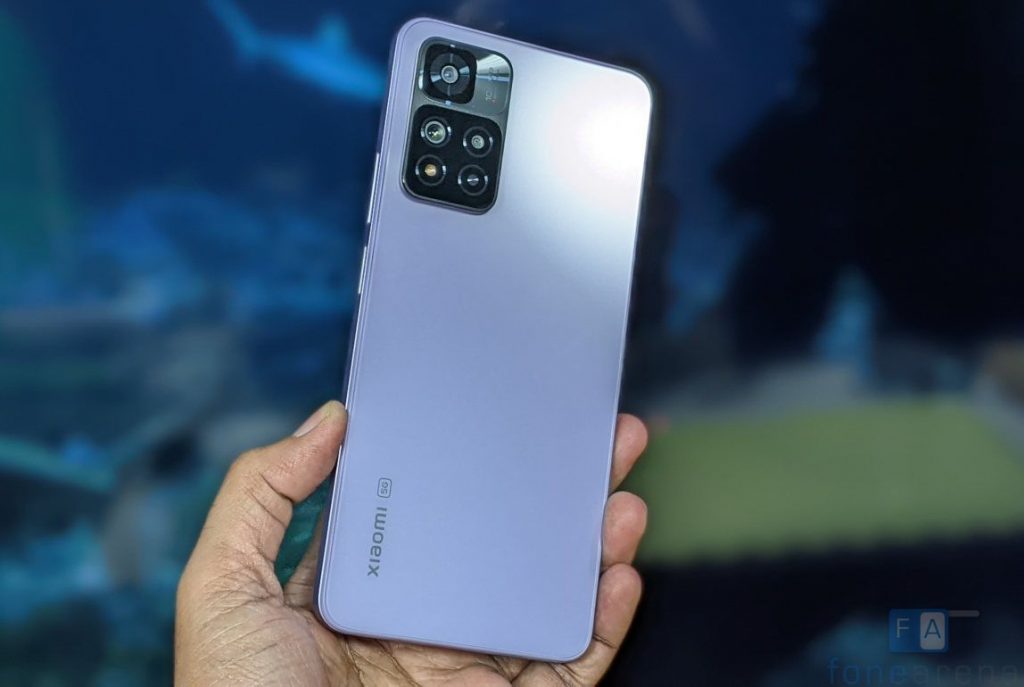
Xiaomi launched the Xiaomi 11i series, the company’s latest mid-range 5G smartphones, in India earlier month as the successor to last year’s Xiaomi 10i. These were launched in China as Redmi Note 11 Pro and Pro+ last year. Compared to the Xiaomi 10i, this has several upgrades, including a 120Hz AMOLED screen, faster processor, and the 11i Hypercharge brings the 120W fast charging for the first time in India. Is the phone worth the price of Rs. 26,999? Let us dive into the review to find out.
Box Contents
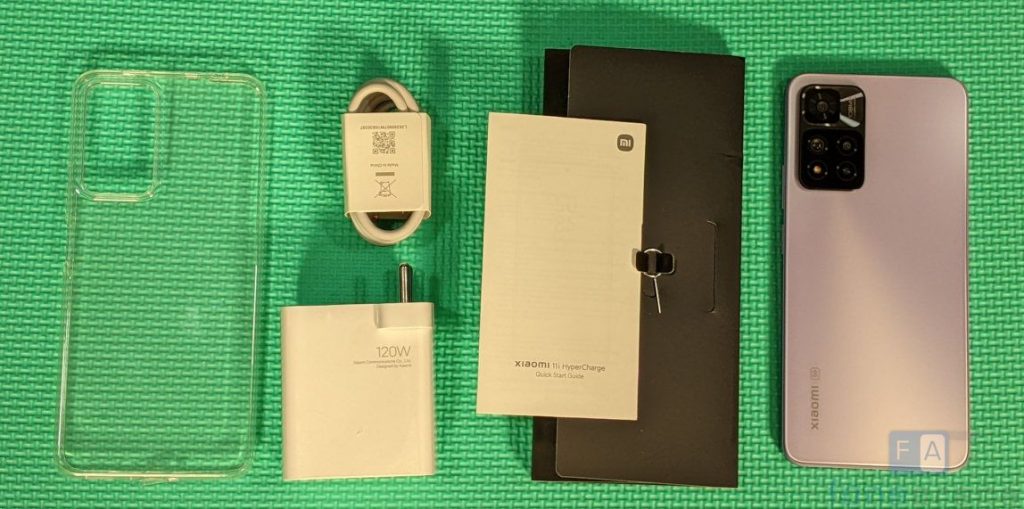
- Xiaomi 11i HyperCharge 8GB + 128GB in Purple Mist colour
- 120W fast charger (5V-3A/9V-3A 11V-6A Max/17V-6A Max/20V-6A)
- 6A USB Type-C Cable
- SIM Ejector tool
- Clear protective case
- Screen protector (Pre-installed)
- User guide
Display, Hardware and Design
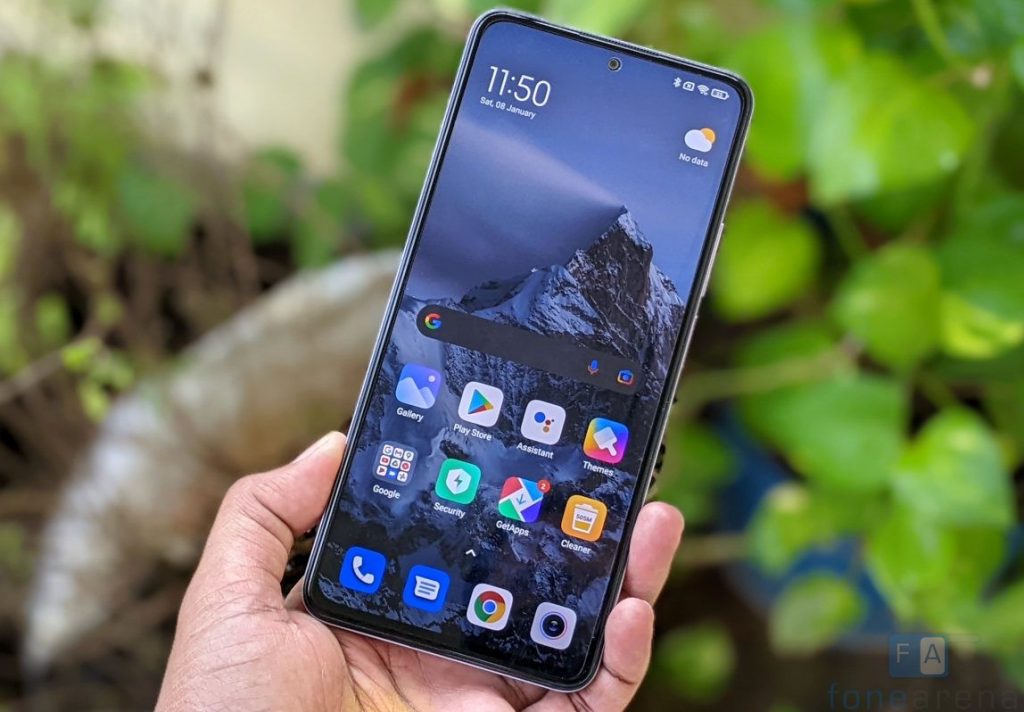
Starting with the display, the Xiaomi 11i HyperCharge has a 6.67-inch Full HD+ AMOLED display with a pixel resolution of 2400 × 1080 pixels, 20:9 aspect ratio 2.5D curved glass screen and a pixel density of about 395 PPI. The display is bright, thanks to 700 nits (typical), 1200 nits in high brightness mode, which is enabled when you are watching HDR content. It supports DCI-P3 wide colour gamut, so the colours are vibrant.
It has 120Hz display refresh rate and 360Hz touch sampling rate, which when enabled offers a buttery smooth user experience, especially when you are scrolling through the UI and when gaming. This doesn’t have adaptive refresh rate, so it can only switch between 90Hz and 120Hz. It also has HDR 10+ support, which works for YouTube and and Netflix. The phone comes with Corning Gorilla Glass 5 protection.
Under the display options, there are different options to adjust colours and contrast based on your preference. There is also a reading mode that lets you reduce the display’s blue light emission, so it doesn’t cause eye strain when you are reading at night, but this will be disabled when you play HDR videos. There is Dark mode, similar to other MIUI phones. You also get an option to enable dark mode to apps that are installed, but it doesn’t look good on most apps. It doesn’t have DC Dimming or Anti-flicker mode, but I didn’t notice any flickering issue in low light conditions.
The phone has an always-on-display option, which can be enabled from display settings. This doesn’t consume a lot of power since this is an AMOLED screen, but the company says that it increases the power consumption, so it turns off automatically when the phone stays dark for a long time or battery saver restrictions are applied. It doesn’t have super wallpaper or live wallpaper.
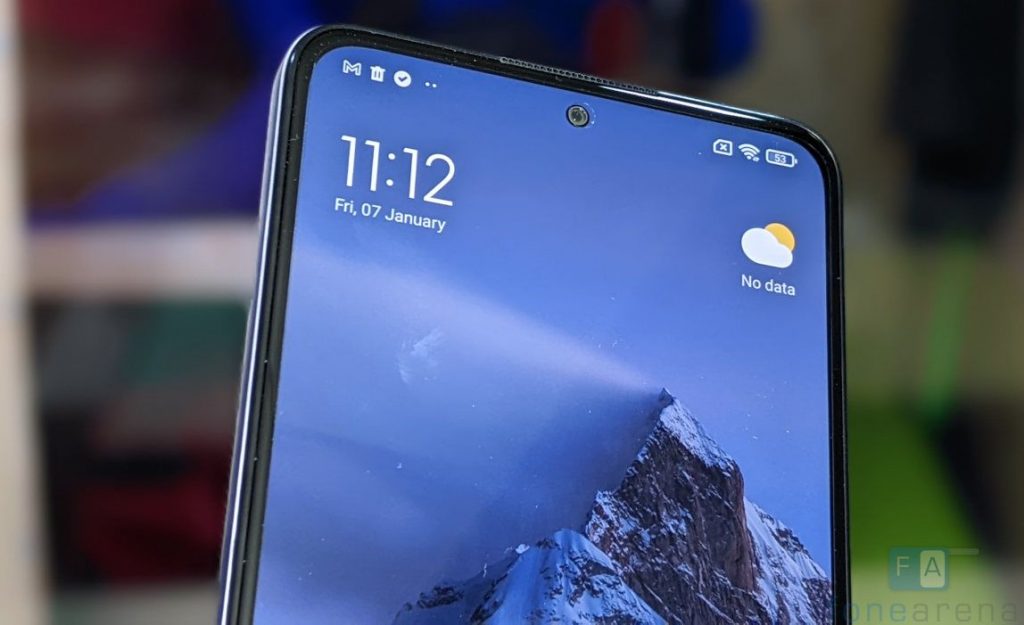
The phone has a tiny 2.96m punch-hole that houses a 16-megapixel camera, which doesn’t disturb when watching videos since it just occupies a small space. Above the display there is an earpiece on the top edge which also doubles up as a secondary speaker. The phone also has the usual set of proximity and ambient light sensors, as well as a gyroscope and a magnetic sensor, otherwise known as a magnetometer. Xiaomi says it has 1.76mm ultra narrow side bezels, to make it compact.
Coming to the button placements, the volume rockers and the power button that integrates the fingerprint sensor are present on the right side of the phone. On the top there is a 3.5mm audio jack, vent for speaker, secondary microphone and an infrared sensor. The hybrid dual SIM slot, loudspeaker grill, primary microphone and USB Type-C port are present on the bottom. Since the phone has a polycarbonate frame, you don’t see any antenna cutouts. The phone features an X-axis linear vibration motor, which enables custom vibration patterns across the UI for the best haptic experience.
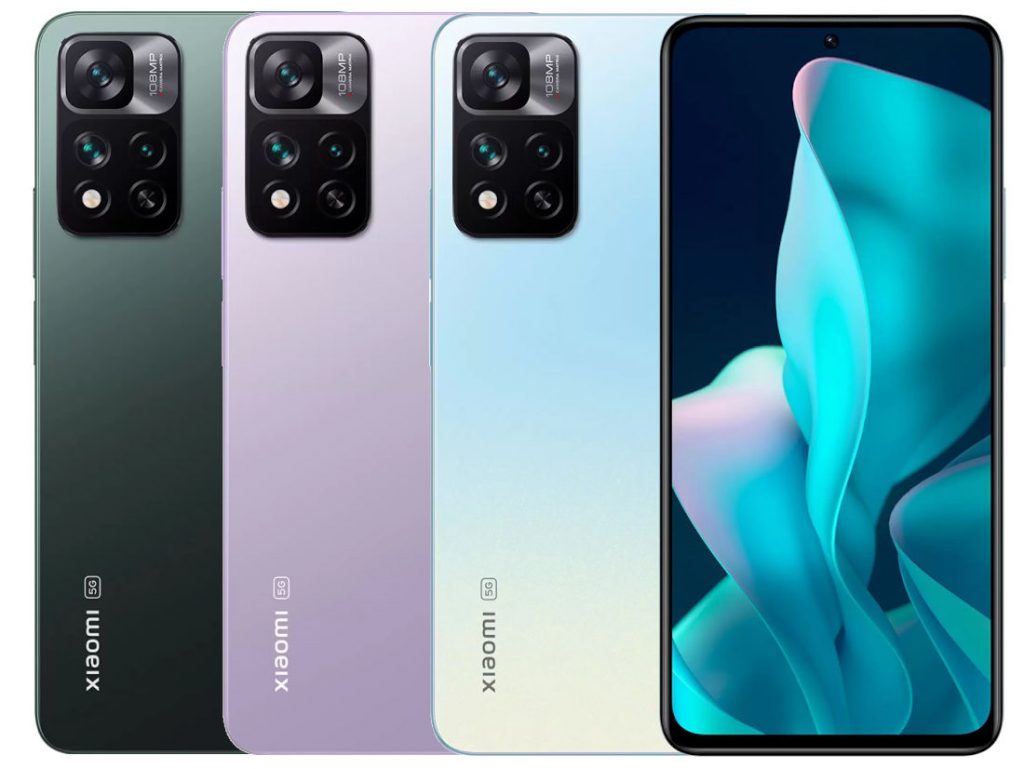
Even though the phone has a large screen, it is easy to hold since it is 76.19 wide. It is also 8.34mm thick, but the 11i HyperCharge weighs 204 grams even though it has a 4500mAh battery compared to 5,160mAh battery in the 11i that weighs 207 grams. The weight in mainly due to the components used for the 120W fast charging used in the Xiaomi 11i HyperCharge.
We have the Purple Mist colour, but the phone also comes in Jazz Blue, Camo Green, Pacific Pearl and Stealth Black colours with an anti-glare matte finish that doesn’t attract fingerprints, except for the Jazz Blue that has a Glossy finish. Xiaomi says that it uses hardened glass, but it doesn’t have Corning Gorilla Glass 5 protection on the back. The phone also has IP53 ratings that you rarely see in other phones in the range.
Camera
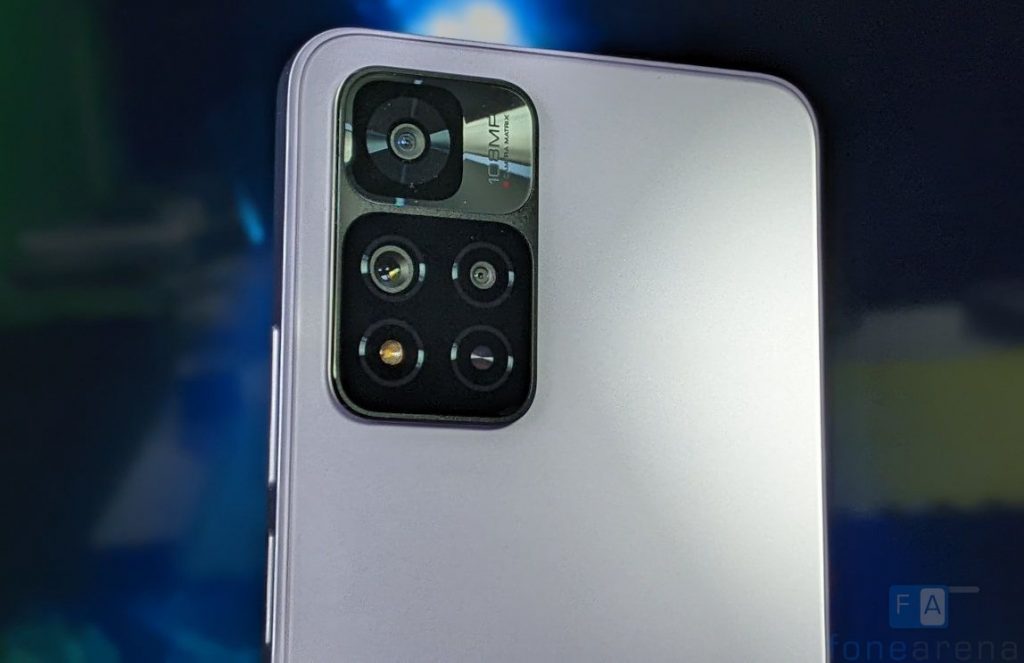
- 108MP primary rear camera with Samsung ISOCELL HM2 sensor, f/1.89 aperture, Dual Native ISO, EIS
- 8MP Ultra-wide camera with f/2.2 aperture
- 2MP macro camera with sensor, f/2.4 aperture
- 16MP front camera with f/2.45 aperture
The camera UI is familiar with other Xiaomi smartphones running MIUI 12. You get all the features such as Pro, Night, 108MP, Short Video, Panorama, Documents, VLOG, Slow motion, Time-lapse, Dual video, AI watermark, Long exposure and Pro mode lets you adjust white balance, focus, shutter speed (1/4000s to 30 seconds), ISO (50 to 6400) and option to select main, ultra-wide and macro lens. You can also shoot in RAW in Pro mode and enable focus peaking, exposure verification and more options. There is ‘movie frame’ mode works both rear camera front cameras and for video, but there is no separate portrait video mode. Xiaomi has enabled Cam2API by default, so you can side-load ported Google Camera APKs for advanced editing, including RAW capture.
Coming to the image quality, daylight shots came out well with good dynamic range. After nine-pixel binning technology, you get 12MP output. HDR shots are better with improved dynamic range. 8MP wide-angle shots are decent, but the 13MP in the POCO X3 were better. 108MP mode that offers a lot of details and can go up to 25MB in size. Even though there is no telephoto lens, it uses the software for offering up to 10x digital zoom. This is like taking an image and cropping up later. Even in the 2x zoom, images start to lose details, so it is not recommended going beyond 2x if you don’t want to lose details. The dedicated 2MP macro sensor is average. Edge detection in decent portrait shots, even thought it lacks a dedicated portrait camera.
Low-light shots are good, thanks to 9-in-1 Super Pixel technology that lets the camera’s sensor hardware combine 4 pixels into a single 2.1μm large pixel, and the night mode is even better, making the images brighter offering more details. In pro mode it was even better. Images with flash are good, and the flash is not overpowering. Daylight front camera shots from the 16-megapixel front camera are decent, but not the best even in daylight conditions due to the tiny sensor. Output is 16MP in resolution, and the image size is around 5MB. Portrait shots have decent edge detection, even though it is done using software.
Check out the camera samples.
It can record videos at 4k resolution at 30 fps, 1080p at up to 60 fps, and it also has slow motion 1080p at up to 120 fps and 720p resolution video recording at up to 960fps, but this should be 240 fps converted into 960fps. You can also shoot 1080p videos using the ultra-wide and 720p video using macro camera.
Software, UI and Apps
It runs Android 11 out of the box, with MIUI 12.5 Enhanced on top. It recently got December, 2021 Android security patch recently. MIUI 12.5 Enhanced lets you uninstall several system apps. The company said that it will get Android 12 and MIUI 13 updates soon, but there is no exact date yet. This has all the usual set of features such as Gesutre shortcut, one-handed mode, Quick Ball and more.
Since the phone has an infrared sensor for remote function, it comes with Mi Remote that lets you control your home appliances easily. Out of 8GB LPDDR4x RAM, you get 7.5GB of usable RAM, and about 3.5GB of RAM is free when default apps are running in the background. It also as up to 3GB of memory extension or virtual RAM, which you can disable from additional settings. Out of 128GB, you get about 106.4GB of free storage. It has UFS 2.2 storage, so we got sequential read speeds of about 960MB/s.
Apart from the usual set of utility apps, Google apps and Xiaomi’s own set of apps, it comes preloaded with Amazon Shopping, Facebook and Netflix apps. It also asks for additional app installation during setup, which you can skip. You can easily uninstall these apps, but these come up when you reset the phone. Even though there is personalized ads option during set up and recommendations in all the apps, you don’t get any ads in apps.
Fingerprint sensor and Face unlock
Even though it has an AMOLED screen, the phone has a fingerprint sensor on the ride side, embedded into the power button. It immediately unlocks the phone just by keeping your finger on the power button so that you don’t have to press it. This is more convenient compared to the rear-mounted fingerprint scanner and faster than the in-display fingerprint scanner. You can add up to 5 fingerprints. You can also use the fingerprint for app local and payments in apps. There are also some gesture features in the power button that lets you double tap to perform actions such as take a screenshot, turn on torch, launch camera, enable silent mode, and more. The phone also has face unlock, but it is not as secure as fingerprint since it can be unlocked with a photo.
Music Player and Multimedia
The Mi Music Player is the default music player with usual Xiaomi audio effects and equalizer. It also has FM Radio with recording. Audio through the speaker is loud. Since the phone has stereo speakers, audio is pretty loud However, the back of the phone doesn’t vibrate in high volume that was found in the POCO X3 and few other phones. Audio through earphones is good as well. There is Dolby Atmos and Hi-Fi audio that enhances the audio performance.
It has Widevine L1 support, so you can play HD content on Netflix, Amazon Prime Video and other streaming apps without any issues. It also supports HDR content in Netflix.
Dual SIM and Connectivity
It supports 5G, and has support for N1, N3, N5, N8, N28, N40, N77, N78 5G bands. It has 4G VoLTE for Reliance Jio, Airtel and other networks and support Dual 4G VoLTE that offers 4G in both the SIM cards at a time. The phone supports carrier aggregation as well. Other connectivity options include Dual-Band Wi-Fi 802.11 ac. It has VoWiFi / Wi-Fi calling support, Bluetooth 5.1 LE, Dual GPS/AGPS, Glonass, Beidou, but it doesn’t have NFC. It also has USB OTG support that lets you connect USB drives. Call quality is good, and we did not face any call drops and the earpiece volume was loud.
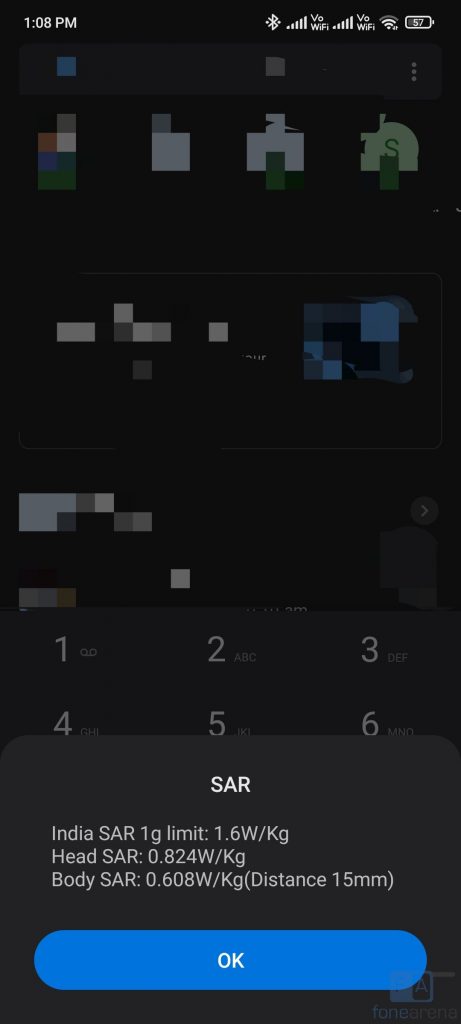
The Xiaomi 11i HyperCharge’s body SAR is 0.6080W/Kg (Distance 15mm) and head SAR is at 0.824/Kg, which is well under the limit of 1.6 W/kg (over 1 g) in India.
Performance and Benchmarks
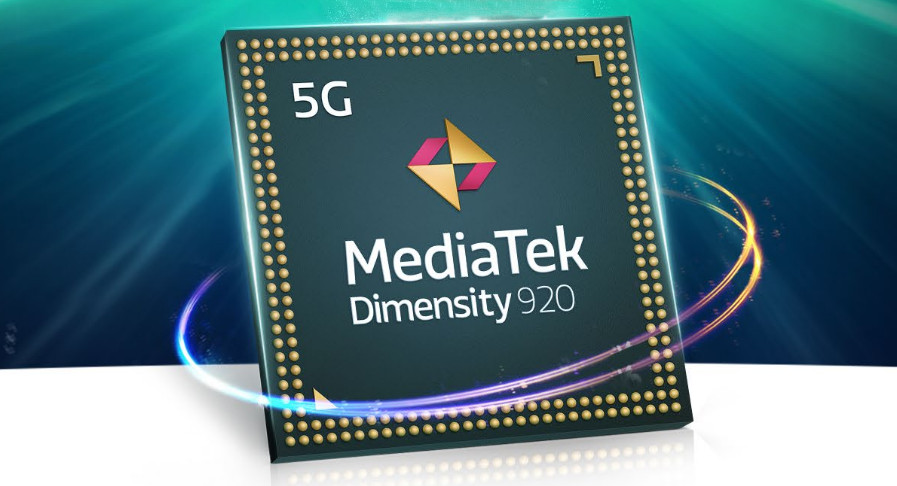
This is one of the first phones to be powered by the MediaTek Dimensity 920 6nm SoC, which is just an overclocked Dimensity 900. It has 2 x A78 CPUs clocked at up to 2.5GHz, 6x A55 CPUs clocked at up to 2GHz. It has Mali-G68 MC4 and up to 8GB LPDDR4X RAM. We did not face any issues or frame drops in the graphic-intensive games. It gets a bit warm on intensive gaming and 4G data use, but it doesn’t get too hot to handle. That said, check out some synthetic benchmark scores below.
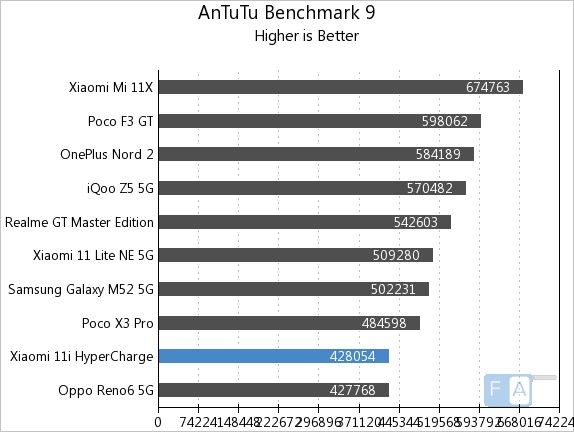
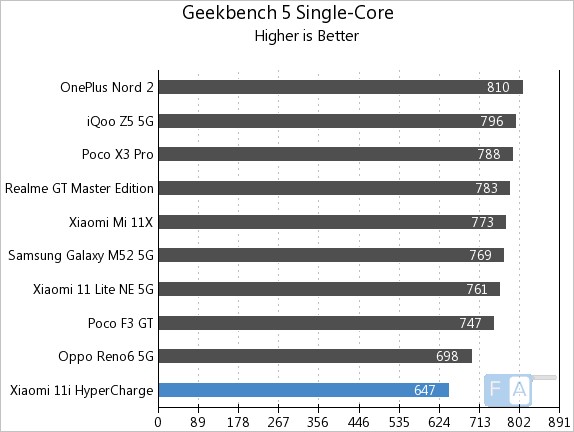
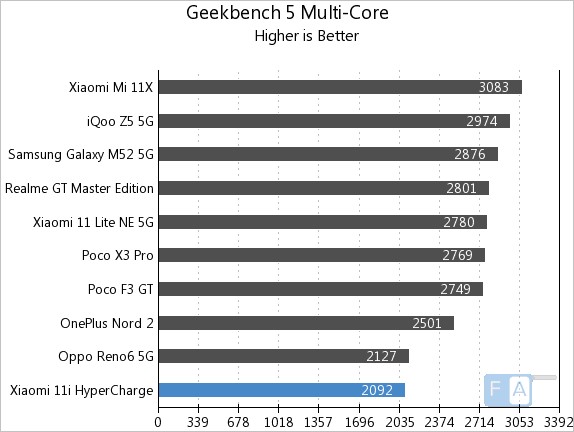
As you can see from the benchmarks, the Snapdragon 778G is slightly better than the Dimensity 920 which offers almost similar performance as the Dimensity 900.
Battery life
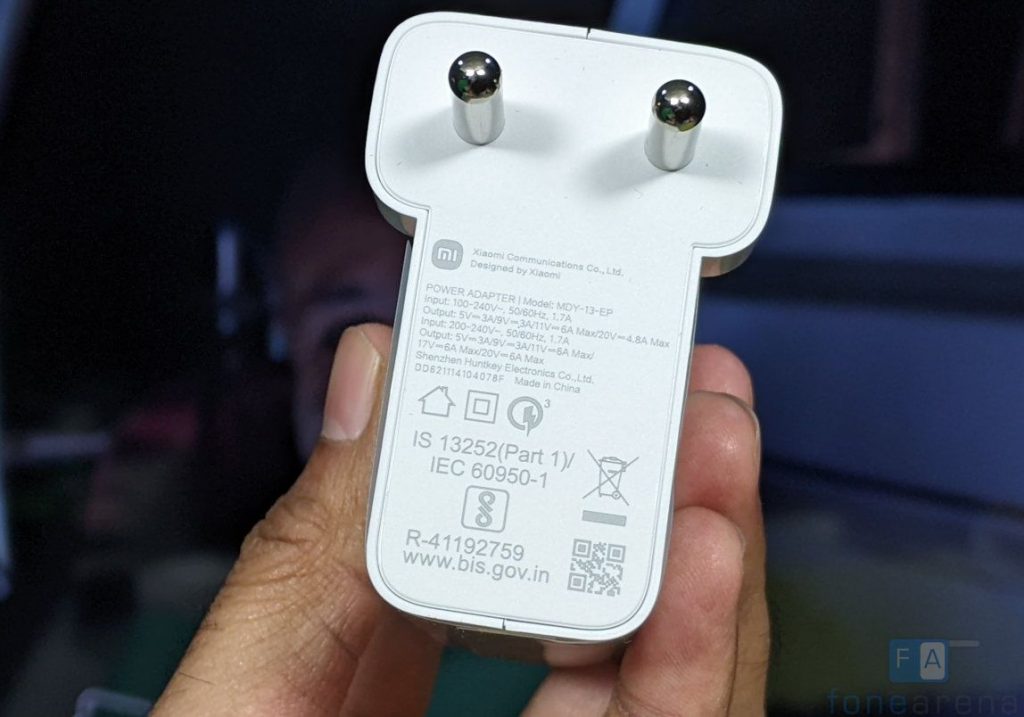
Coming to the battery life, the phone has a 4500mAh (typical) built-in dual-cell battery lasts for a day even with heavy use, and with average use it lasts for more than a day, thanks to optimization in the MIUI 12. I got over 5 hours of screen on time with over a day of use in 120Hz refresh rate.

This is the first phone in India with support for 120W fast charging and also comes with 120W charger in the box. It uses graphene, dual charge pump, Mi-FC technology, MTW technology to achieve 100% charge in just 15 minutes.
The company says that the Xiaomi 11i HyperCharge retains up to 80% battery capacity even after 800 charge or discharge cycles. It added that it has gone through 34 safety checks, has TUV Rheinland Safe Fast-Charge system certification, double overcharge protection and 9 real-time temperature monitoring system.
There is a separate ‘Boost Charging Speed’ option in the battery settings that is off by default. When enabled, it charges the phone at the highest wattage, but the phone also get hot. 0 to 100% charge takes about 18 minutes when this is enabled, and when it is off it takes about 25 minutes, which is still fast.

The Xiaomi 11i has a 5160mAh battery with 67W fast charging, which is still fast. I even tried the 67W charger to charge the Xiaomi 11i HyperCharge smartphone, which took about 40 minutes to charge from 0 to 100%, which is still good.
Conclusion
At a starting price of Rs. 26,999, the Xiaomi 11i HyperCharge is a good upgrade to the Mi 10i since this comes with 120Hz AMOLED screen and 120W fast charging with bundled fast charger in the box. The Dimensity 920 SoC offers a good performance and a decent gaming performance. However, the phone is bulky to use even though it has a smaller battery and the ultra-wide and 2MP macro camera are just average compared to other phones in the price range.
Alternatives
The Xiaomi 11i which has a bigger battery and 67W fast charging is a better deal at a cheaper rate if you don’t need the 120W charging. Xiaomi’s own Xiaomi 11 Lite NE 5G has a better Snapdragon 778G SoC, Dolby Vision, Sleek and ultra-light body and a promise of 3 years of Android updates and 4 years of security patches.
The OnePlus Nord 2 is a good alternative that offers a better camera experience and a more powerful processor. The Mi 11X and iQOO 7 in the similar price range offer a more powerful Snapdragon 870 SoC. The POCO F3 GT is also a good option, if you are looking for a gaming phone.
Availability
The Xiaomi 11i HyperCharge is priced at Rs. 26,999 for the 6GB + 128GB version and the 8GB + 128GB version costs Rs. 28,999. It is available from mi.com, Flipkart and Mi Home stores.
Xiaomi will also sell the 120W fast charger + cable bundle separately for Rs. 3999.
Pros
- 120Hz AMOLED display with HDR10 is good
- Smooth performance and good gaming performance
- Stereo speakers with Dolby Atmos
- Primary camera is decent
- Good battery life with 120W in-box charger
Cons
- Huge and bulky even with a 4500mAh battery
- Same old design
- Ultra-wide and macro cameras are average

